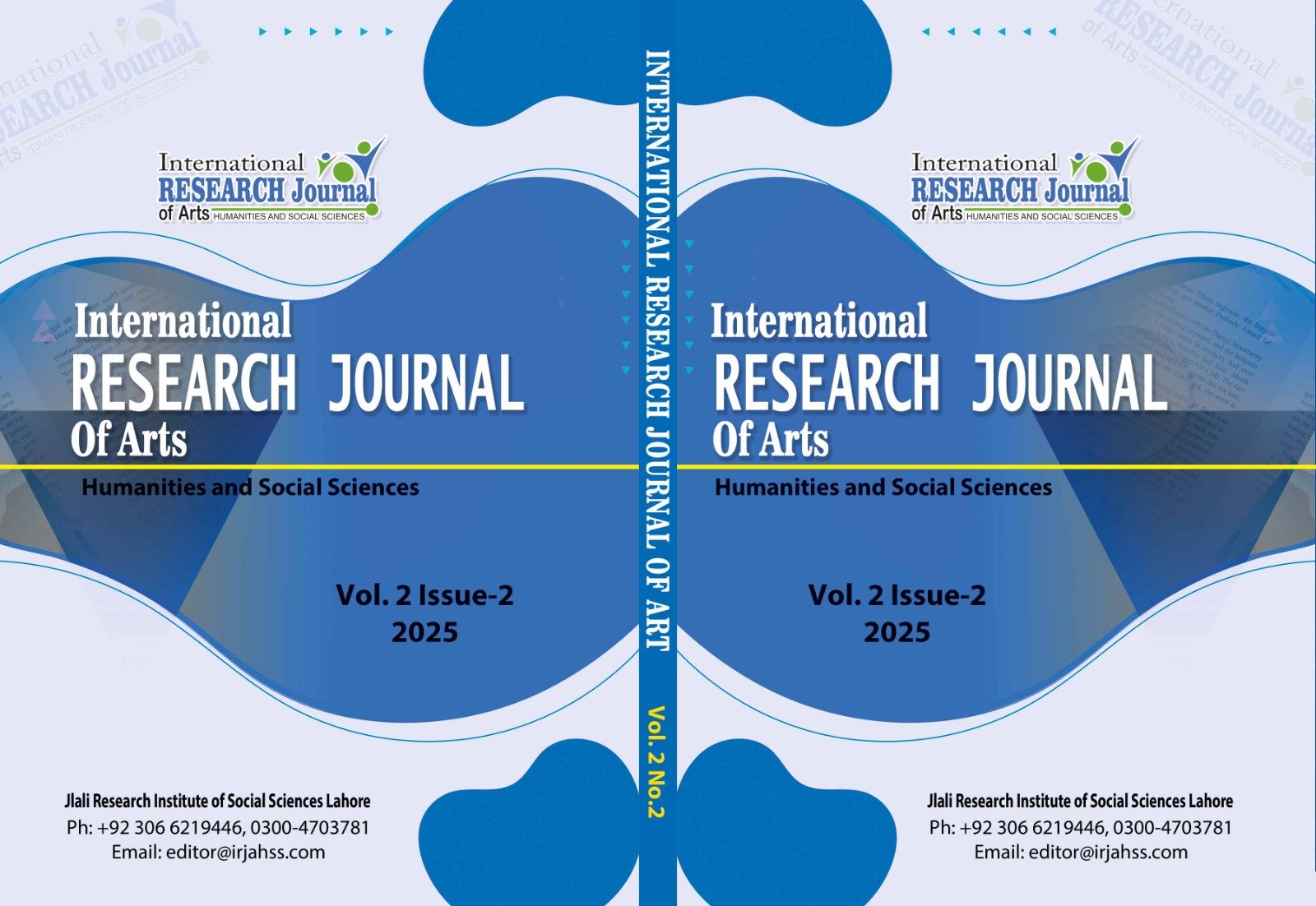ATTITUDES TOWARDS MATHEMATICS: AN ANALYSIS OF HIGHER SECONDARY SCHOOL STUDENTS
Keywords:
Attitude, Mathematics, Quantitative Skills, Higher Secondary School Students, ATMIAbstract
This article aims to examine the perspective on mathematics of Higher Secondary School Certificate (HSSC) students, in the metropolitan city of Pakistan. The study is conducted quantitatively, and instrument Attitude towards Mathematics Inventory (abbreviated as, ATMI) designed by Tapia and Marsh II is adopted. The study utilizes data, which is gathered from 365 students enrolled in two different intermediate colleges of Karachi, and it is analysed using SPSS and R. Analysis shows that the participants generally hold a positive attitude on mathematics with mean score of 3.517 out 5 and with standard deviation 0.393. Additionally, it has been determined that there is statistical significant difference among the attitude of pre-engineering, pre-medical and computer science students on mathematics with p < .001. On further exploration, it is found that there is a very significant difference of attitude between pre-medical & pre-engineering and pre-engineering and computer science group, but there is no significance difference between pre-medical and computer science group. Moreover, one factor of ATMI is found to be statistical insignificant indicated that all groups perceive comparable belief on it while other factors show extreme disparity.
Downloads
Published
Issue
Section
License
Copyright (c) 2025 International Research Journal of Arts, Humanities and Social Sciences

This work is licensed under a Creative Commons Attribution 4.0 International License.
Disclaimer: The International Research Journal of Arts, Humanities and Social Sciences (IRJAHSS) upholds the principles of open access, ensuring unrestricted access to scholarly content to foster the sharing and advancement of knowledge. The opinions expressed in the articles solely belong to the authors and do not necessarily reflect the views or policies of the journal's editorial team, editorial board, advisory board or research institute.






